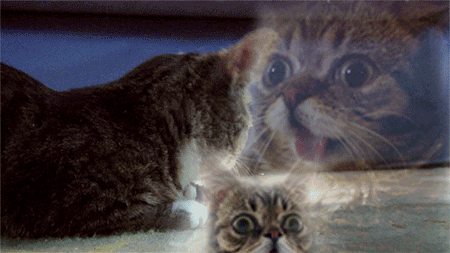None of that contradicts the premise they were released to help with identification.
It doesn't seem like it was the primary motive or preferred method of IDing them.
Law enforcement officials debated whether to release the photos, weighing the risk of the suspects fleeing or staging another attack against the prospect of quicker identification. Officials said they went ahead with the public appeal for three reasons:
●Investigators didnt want to risk having news outlets put out the Tsarnaevs images first, which might have made them the object of a wave of popular sympathy for wrongly suspected people, as had happened with two high school runners from the Boston area whose photos were published on the front page of the New York Post under the headline Bag Men. At the news conference, FBI Special Agent in Charge Richard DesLauriers sternly asked the public to view only its pictures or risk creating undue work for vital law enforcement resources.
●During a briefing Thursday afternoon, President Obama was shown the photos of the suspects by senior members of his national security team. Senior administration officials said that although Obama was not asked to approve release of the images by the FBI, the president offered a word of caution after viewing them. Be certain that these are the right suspects before you put the pictures out there, he advised his national security team, according to the administration officials.
●Investigators were concerned that if they didnt assert control over the release of the Tsarnaevs photos, their manhunt would become a chaotic free-for-all, with news media cars and helicopters, as well as online vigilante detectives, competing with police in the chase to find the suspects. By stressing that all information had to flow to 911 and official investigators, the FBI hoped to cut off that freelance sleuthing and attend to public safety even as they searched for the brothers.

